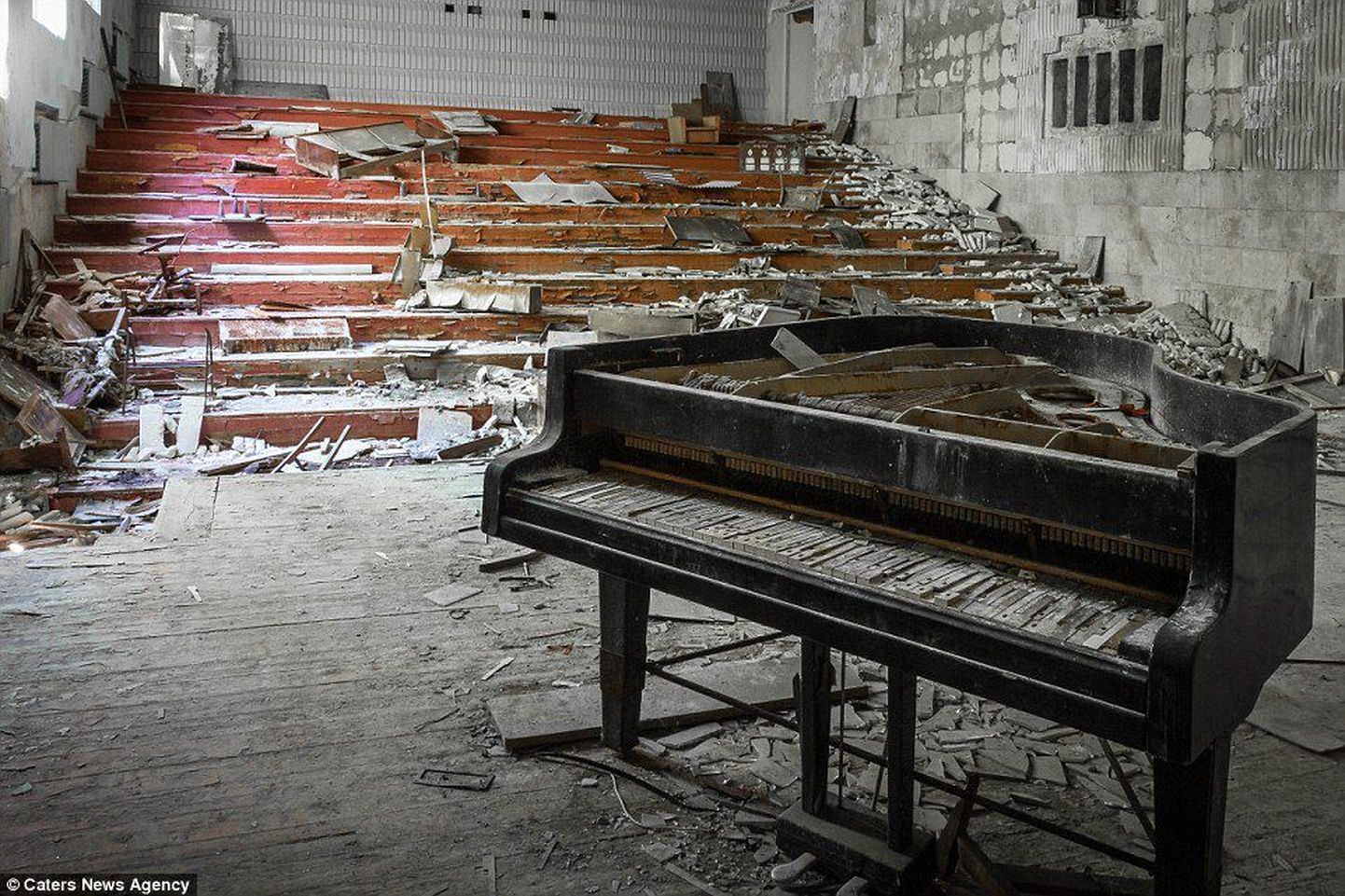True to the Soviet system, the first thing was to keep mum about the fatal mistake made at testing of a reactor.
The effects proved to be colossal: an area comparable to three quarters of Estonia turned unusable and/or uninhabitable. Only on day two, the powers begun evacuating the population. The last inhabitants were moved out a month later.
Due to the secrecy and forced measures characteristic to the communist regime, fear and distrust added a dimension – the traces of which are still felt today.
In Estonia, under the Soviet occupation at the time, it was also via Western news channels that word of the disaster was first received. On the sunny April 28th, none in Estonia had any inkling about the «reservist training» looming over 5,000 men or so. The guys were made to clean up radioactive trash with spades... As well as 600,000 others from elsewhere.
By epidemiologists Mati and Kaja Rahu, the health history of Estonians sent to Chernobyl has been investigated for a quarter of a century. As apparent by objective measurements, turns out that the Soviet authorities actually did not let the guys get greatly radiated and their mortality rate from sicknesses and diseases is no larger than other Estonian guys of the same age. Even so, the forced trip to the disaster area had marked their mental health. And why would they have believed, back in 1986, that the opaque and lying regime was telling them the truth about radiation doses received? For years, they lived with the fear.

